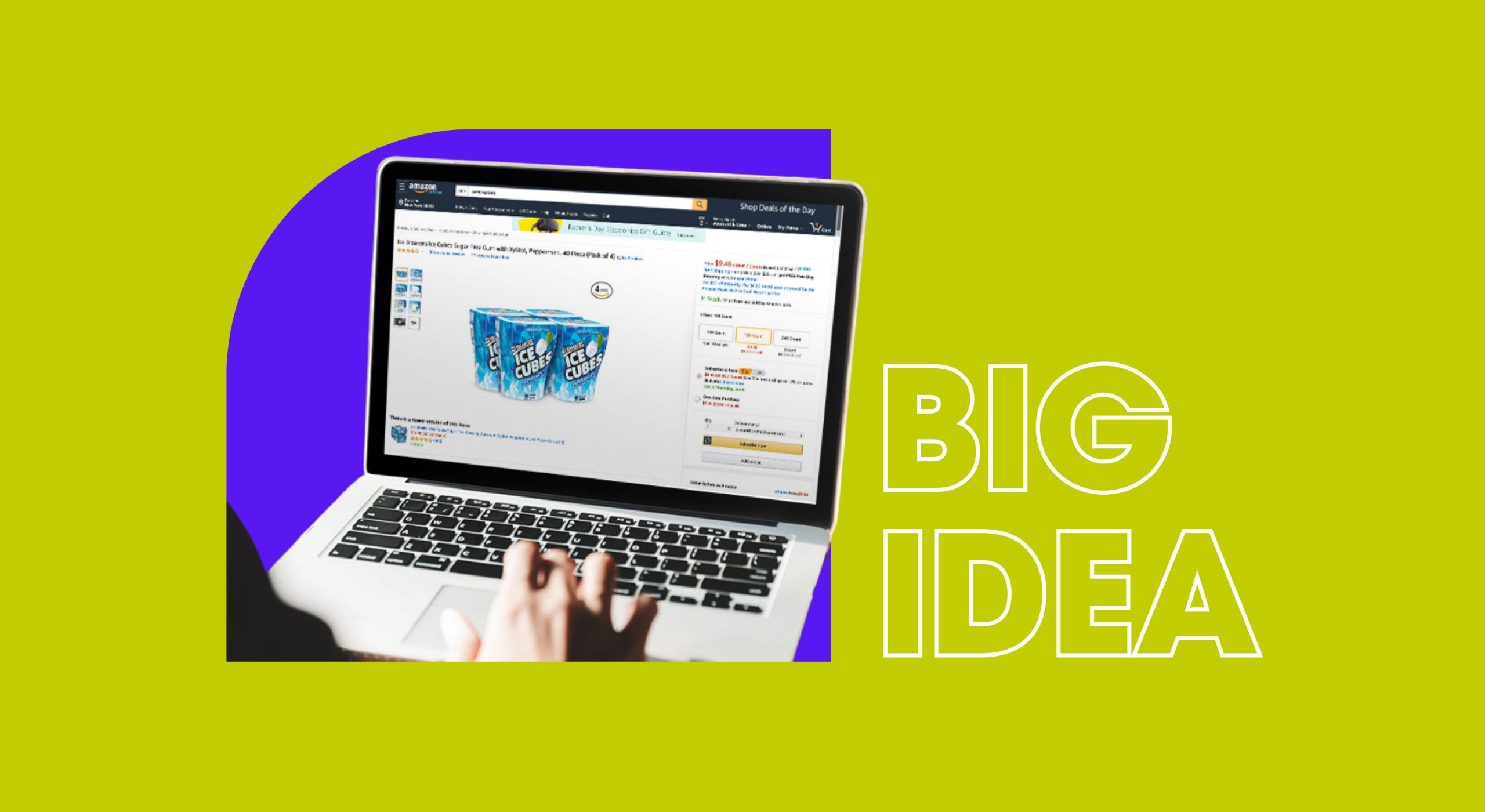ECOMMERCE NEWS
Trends can come and go in the blink of an eye. This is especially true for the retail sector, which has seen a lot of changes and comebacks this year.
Speaking of comebacks, eCommerce Fastlane reported that brick-and-mortar stores are leading the move. Shoppers are returning to physical stores, wanting a mix of online ease and a good old face-to-face experience.
🔭 Of course, it's not the only exciting retail prediction for 2024. Here are a few interesting ones:
- Continuous online retail growth. Global online sales slowed in 2022 but rebounded in 2023 with a 7% surge. By next year, sales are expected to grow up to 10.5%!
- More lively live video shopping. Online and social commerce has been—and will probably always be—a part of consumers' lives. But next year will be extra good for livestream selling as buyers crave more engagement and personalized recommendations. 📺
- Buy Now, Pay Later (BNPL) frenzy. BNPL was a hit to U.S. shoppers, as proven by its $10.1 billion contribution to online holiday spending. But the real shocker is the 10x growth predicted next year, totaling around $114 billion!
- Stronger loyalty via membership programs. What better customer tool to keep in hand than the classic loyalty programs? They're every seller's friend in ensuring customers will return for more. All. Year. Round.
Change is coming
With customers stating their high intentions to buy more in 2024, the projections are looking good for the ecommerce retail industry. Are you excited on what’s more to come next year?

TOGETHER WITH STACK INFLUENCE
3 reasons why micro-influencers are the best marketing partners
Millions of sellers compete on Amazon every day. If you don’t find a way to stand out, your rivals will eat you whole.
Good thing Stack Influence can significantly boost your brand awareness without breaking the bank. How, you ask?
Throughmicro-influencers!
🤏 Smaller is better
Micro-influencers are people who have a following of 1,000 to 100,000. A relatively small number, yes, but don’t get fooled! Every follower micro-influencers have can be converted into customers with high purchase intent.
Here are other reasons why brands love to work with micro-influencers:
- Budget-friendly. You don’t have to pay a hefty fee for a high-converting campaign. Stack Influence allows you to pay influencers with products in exchange for authentic testimonials!
- Lasting content. Unlike mega-influencers, micro-influencers are not swamped with collaborations. That means they invest more time in crafting passionate and personalized campaigns.
- High engagement rates. Because micro-influencers are relatable, working with them can increase engagement and conversion rates.
Ready to gamble?
You better be!
Don’t want to miss out on this game-changing strategy. Sign up with Stack Influence today! ✍️

BITES OF THE WEEK
- Disappearing Descriptions: Etsy sellers had trouble finding their items’ descriptions amid the busy holidays!
- Porch Piracy: Here are the top 10 places where stolen packages have been reported.
- Delivering Wish-es: Wish tapped third-party couriers for new, end-to-end WishPost Smart Parcel service.
- Mobile Domination: Mobile shopping has officially overtaken desktop, accounting for 51.8% of online sales.
- Second Chance for Secondhands: Amazon offers second-hand discounted products via the new Second Chance Store.

HOT TOPIC
Amazon’s new low-inventory-level fees
Last December 5, Amazon dropped a not-so-merry fee-related bombshell: a new fee for low inventory!
Starting April 1, 2024, you’ll be charged the low-inventory-level fee for standard-sized products if both your long-term (last 90 days) and short-term (last 30 days) historical days of supply are under 28 days. If only one falls below 28 days, the fee won't apply.
🚫 Not-so-hafee New Year
The Buy Box aired on X what all sellers probably have in mind: "Every day, Amazon makes it seem like they don't want us to sell on their platform." They also wonder why the platform would penalize sellers for insufficient stocks.
But Amazon stands by its decision, saying it's an investment to increase customer satisfaction and sales. The company added that this will reduce transportation costs and place your items closer to high-intent buyers.
What other sellers are saying—
The added fee will be a "business killer," especially for new and smaller brands. But unless many will speak out against it, there isn't much to do but try some workarounds to avoid being charged:
- For products manually replenished, you can send additional units to Amazon to ensure that your short-term or long-term historical days of supply are above 28 days.
- You can use the auto-replenishment feature of Amazon Warehousing and Distribution (AWD) to be eligible for a low-inventory-level fee waiver.
How about you? What will this new fee do to your business next year? Feel free to share your thoughts by replying to this email! 📧








